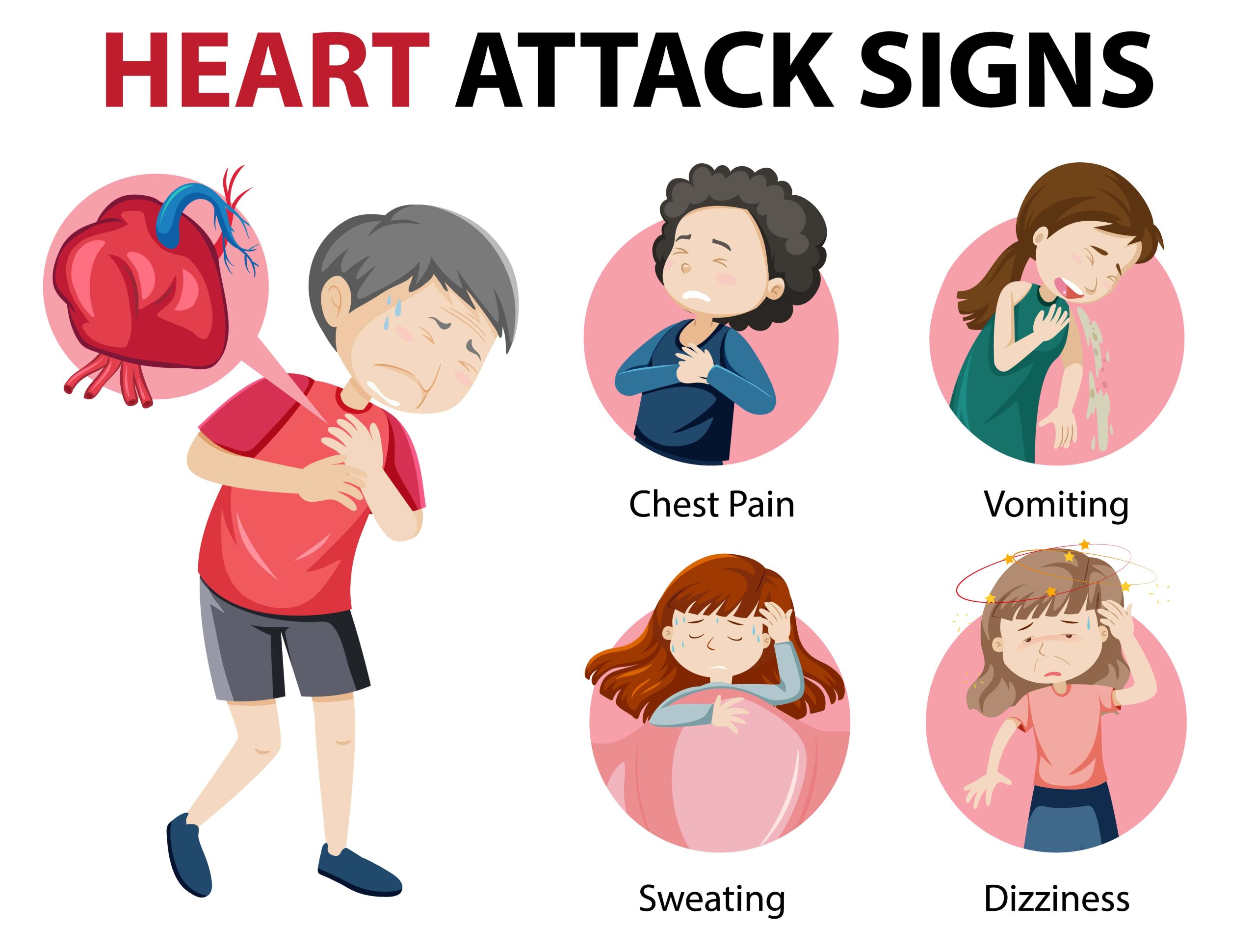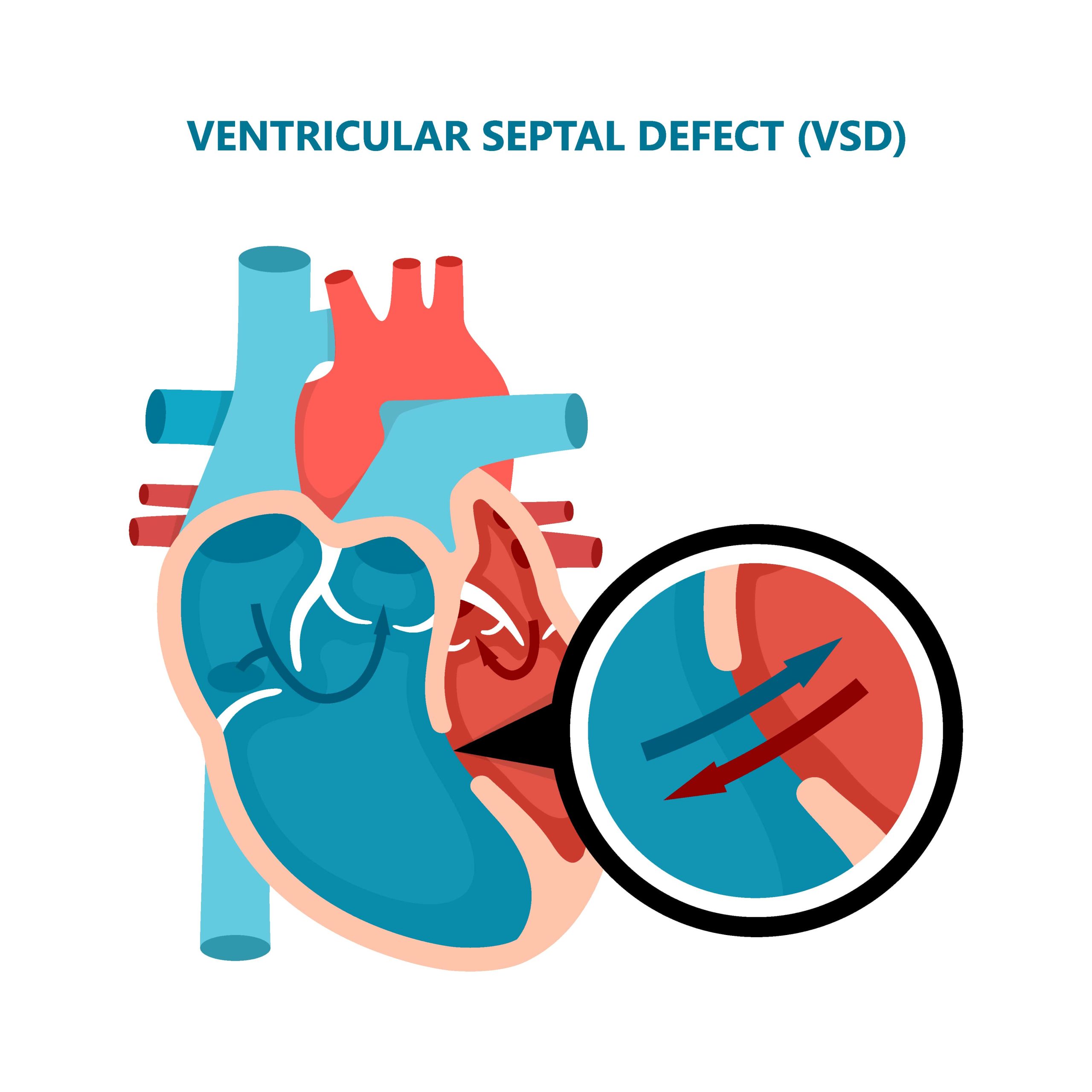Interventional Cardiology in Dubai
What is Interventional Cardiology?
An interventional cardiology branch focuses on the invasive, non-surgical, catheter-based diagnosis and treatment of different structural heart illnesses and disorders. An interventional cardiologist can diagnose and treat conditions like heart attack, coronary artery disease, valve disorders, congenital heart disease, vascular disease, acquired structural heart disease, and other abnormalities that affect the function of the cardiovascular system.
Our Doctor's

Role of an Interventional Cardiologist in Dubai
An interventional cardiologist is a medical professional who specializes in treating, coronary artery disease, heart attacks and other issues, including cardiac arrhythmia and heart failure.
Depending on the patient, interventional cardiologists in Dubai beside Analysing your medical background, teaching you about preventing disease and conducting a physical examination, will typically perform invasive procedures if necessary, such as:
Coronary angiography and cardiac catheterization are minimally invasive procedures for diagnosing and treating heart disease. During the procedure, a thin tube called a catheter is inserted in a blood vessel of the arm and threaded up to the heart. A dye is injected into the catheter, and X-rays are taken to create images of the heart and blood vessels.
Balloon angioplasty is a minimally invasive procedure to open blocked or narrowed blood vessels in
the heart. During an interventional cardiology procedure, a catheter with a deflated balloon is
threaded up to the blocked area, and the balloon is inflated to widen the vessel. A stent, or a small
wire mesh tube, may also be implanted to keep the artery open.
Transesophageal echocardiography is a diagnostic test that uses sound waves to create detailed
heart images. During the procedure, a small, flexible tube with a transducer is inserted into the
throat and passed down to the esophagus, next to the heart. The transducer sends sound waves to
the heart, which bounce back and are converted into images on a monitor

What diseases or conditions does interventional cardiology treat?
We at GHC offer a range of interventional and cardiac inpatient and outpatient treatments to help patients suffering from various cardiac conditions.
Atherosclerosis
The phrases artery and atherosclerosis are occasionally used interchangeably, and they have different meanings. When the arteries —the blood channels that transport oxygen and nutrients from the heart to the rest of the body—become thick and stiff, blood flow to the organs and tissues may occasionally be restricted. This condition is known as arteriosclerosis. Flexible and elastic arteries indicate good health.
However, the artery walls can stiffen over time, a phenomenon known as arterial hardening.
Coronary artery disease
A narrowing or blocking of your coronary arteries, typically brought on by plaque formation, is known as coronary artery disease (CAD). Your heart receives oxygen-rich blood from your coronary arteries. The amount of blood that can reach your heart is constrained by plaque accumulation in these arteries. Chronic CAD symptoms include:
Angina stable: This is the most typical symptom. Temporary chest pain or discomfort appears and
disappears in a predictable rhythm. Usually, you’ll become aware of it when you’re engaged in physical
or emotional stress. It goes away when you rest or take nitroglycerin (a medication used to treat angina, it should be given only by doctors).
Dyspnea: Some persons experience shortness of breath when engaging in light physical exertion.
Heart attack
A heart attack is a damage of heart muscle and it happens when the blood supply to the heart is significantly impeded or blocked. The accumulation of fat, cholesterol, and other chemicals in the heart’s (coronary) arteries typically causes obstruction. Plaques are the name given to fatty, cholesterol-containing deposits. Atherosclerosis is the name for the process of plaque accumulation.
A plaque may occasionally burst, creating a clot that restricts blood flow. A lack of blood flow can harm or destroy part of the heart muscle. A myocardial infarction is another name for a heart attack. To avoid mortality, a heart attack requires prompt treatment.

Typical heart attack signs include:
- Pain in the chest that may be felt as pressure, stiffness, pain or squeezing
- Pain spreads to the shoulder, arm, back, neck, jaw, teeth, or even the upper belly
- Cold sweat
- Breathing difficulty
- Fatigue
- Acid reflux or indigestion
- unexpected dizziness or lightheadedness
- Nausea
Coronary artery fistula
Coronary artery fistula (CAF) is a rare heart condition in which an abnormal connection, or fistula, forms between one or more of the coronary arteries and a heart chamber, or a blood vessel outside the heart. This results in an abnormal flow of blood and can potentially cause damage to the heart muscle.
In some cases, individuals with a coronary artery fistula may not experience any symptoms and the condition may be detected incidentally during medical tests or procedures. However, when symptoms do occur, they can include:
- Chest pain or discomfort
- Shortness of breath
- Fatigue
- Rapid or irregular heartbeat
- Enlargement of the heart
- Heart murmurs
- Cyanosis (blue-tinged skin due to lack of oxygen)
Cardiac Arrhythmias
Arrhythmias are abnormal heart rhythms that can cause the heart to beat too quickly, slowly, or irregularly. Treatment options may include medications, lifestyle changes, cardioversion and invasive catheter based or surgical interventions such as cardioversion or ablation.
Cardioversion Cardioversion is a medical procedure to restore normal heart rhythm in patients with irregular heartbeat or arrhythmia. During the procedure, a controlled electric shock is delivered to the heart via paddles or patches placed on the chest.
Heart valve disease
If you have cardiac valve disease, one or more of your heart’s valves aren’t functioning properly. There are four valves in the heart that keep the blood moving in the right way. A valve may occasionally open or close improperly.
Your heart valve disease’s kind, severity, and impacted heart valve will affect how it is treated. Surgery to replace or repair a heart valve may be necessary in some cases of heart valve disease.
Some people with heart valve dysfunction may go years without showing any symptoms. When they appear, signs and symptoms may include:
- When a doctor uses a stethoscope to listen to the heart, there is a whooshing sound (heart murmur).
- Pain in chest
- Swelling in the abdomen (more often with advanced tricuspid regurgitation)
- breathlessness, especially when sleeping or moving around
- Fatigue
- Your ankles and feet swelling
- Fainting
- Irregular heartbeat
- Dizziness

Atrial septal defect
A hole in the heart’s top chambers, known as the atria, is known as an atrial septal defect (ASD). The condition (congenital cardiac defect) is present from birth.
Small atrial septal defects could be discovered by accident and never be a problem. Others become close during early childhood or infancy.
The heart and lungs can suffer harm from a significant, protracted atrial septal defect. An atrial septal defect may require minimal invasive catheter based closure or in some cases surgery to be fixed in order to avoid consequences.
Atrial septal defects come in several forms:
Secundum: The most typical ASD is this one. It is located in the center of the atrial septum, the wall separating the upper chambers of the heart.
Sinus venosus: The upper portion of the wall dividing the heart chambers is where this uncommon kind of ASD typically manifests. It is linked to other birth-related alterations in the heart’s structure.
Primum: This particular ASD may coexist with other congenital heart abnormalities and affects the bottom portion of the atrial septum.
Coronary sinus: Part of the wall between the coronary sinus, which is a component of the heart’s venous system, and the left upper heart chamber (left atrium) is absent in this uncommon form of ASD.
Ventricular septal defect
A hole in the heart known as a ventricular septal defect (VSD) exists. Congenital heart defects are frequent heart conditions that usually exists from birth. The wall dividing the ventricles, the lower chambers of the heart, has a hole in it.
Blood flow via the heart and lungs is altered by a VSD. Instead of being pumped out to the body, oxygen-rich blood is returned to the lungs. Blood with and without oxygen mixes together. The heart may have to work harder to pump blood as a result of these changes, which could raise blood pressure in the lungs.

German Heart Centre for interventional cardiology in Dubai
Our clinic has a team of experienced cardiac surgeons and interventional cardiologists in Dubai, dedicated to providing our patients with the highest quality of care. We use state-of-the-art equipment and the latest techniques to diagnose and treat heart conditions.
We understand that a heart condition can be stressful for our patients and their families. Hence, we prioritize communication and collaboration with our patients to ensure that they understand their diagnosis and treatment options fully. We are committed to providing personalized care that meets each patient’s unique needs.
If you notice symptoms of a heart condition, like shortness of breath, chest pain, or palpitations, please schedule an appointment with our clinic.
